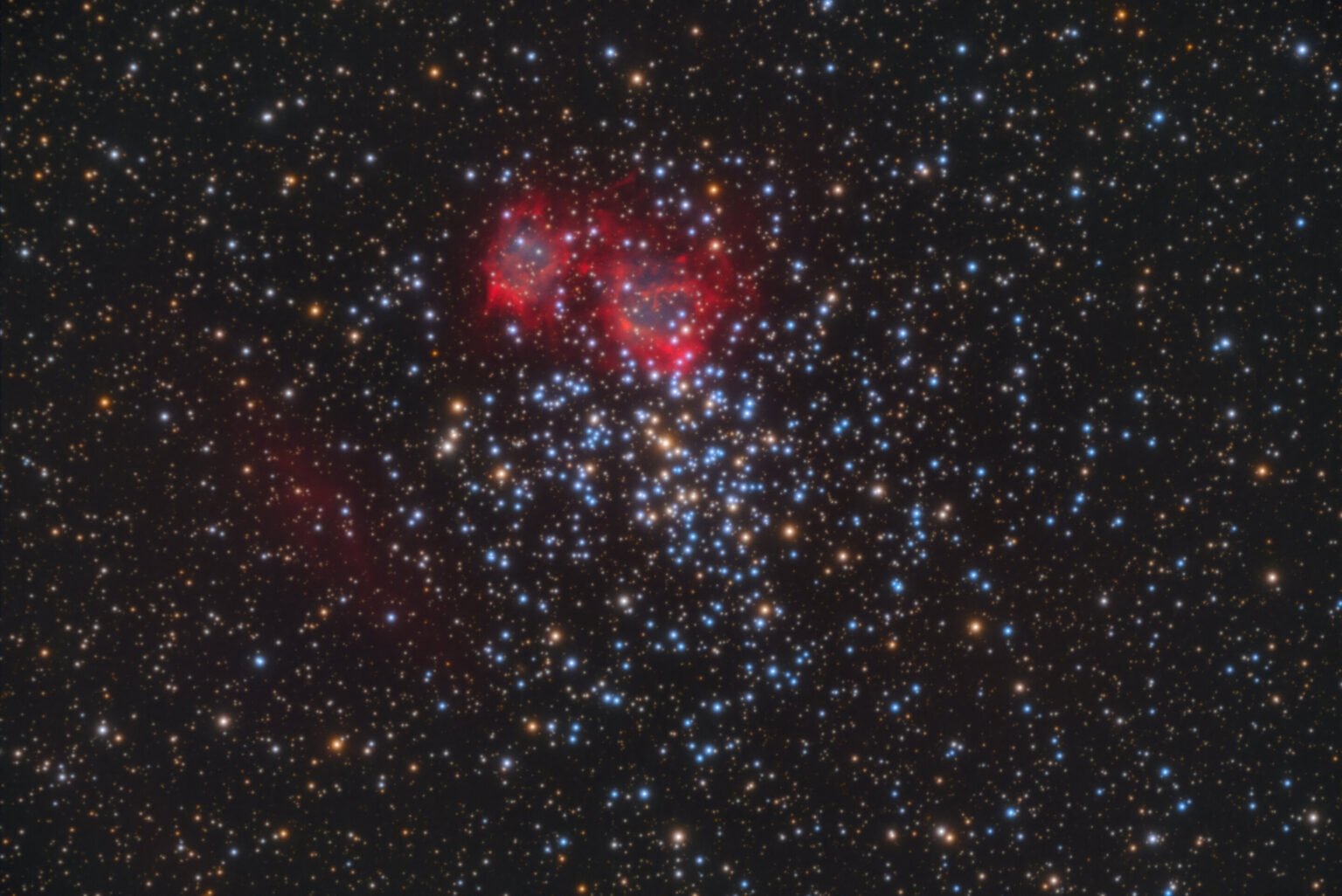Scientists have studied for the first time a white dwarf in the center of a planetary nebula, which is part of a scattered star cluster. They could find out how much mass it had lost during its existence, and thus tested modern models of stellar evolution.

How much mass does the star lose during its lifetime?
An international research team led by Professor Klaus Werner of the Institute of Astronomy and Astrophysics at the University of Tübingen has studied for the first time the central star of a planetary nebula located in a scattered star cluster.
Scientists have sent a giant 10-meter telescope on the Canary Island of La Palma to one of the luminaries that are part of the scattered cluster Messier 37. Like all stars located in the center of planetary nebulae, it is a white dwarf, and in this case it is quite young.
Once upon a time, the star was like our Sun. However, it exhausted its hydrogen reserves, turned into a red giant, and subsequently shed its outer shells, which formed a planetary nebula. And only a small dense core remains of it.
One of the main mysteries associated with stars like the Sun is how much mass they lose in the process of all these transformations. It is believed that for our luminaries, this figure is 50 percent. And if it were eight times heavier, it would be 80 percent. However, the results of all these calculations are extremely complicated to verify.
Scattered star clusters help solve the mystery
And then scattered star clusters come to the rescue. These groups of stars were born from the same gas-dust cloud. Since then, they have been wandering around the universe together. The luminaries within the group have the same age, only their mass differs.
And the greater the mass of the star, the faster it evolves. So, if any of the luminaries in the scattered cluster managed to pass the stage of a red giant and turn into a white dwarf, we can definitely calculate its age and, consequently, its initial mass from its neighbors. Thus, such objects are excellent targets for testing theories of stellar evolution.
The only problem is that there are only a few such objects throughout the Milky Way. And they are usually very dim. Therefore, it was not possible to study them properly before. And that’s why the latest study is so interesting.
It reveals that the star in the center of the planetary nebula has 0.85 times the mass of the Sun. And at the beginning of its existence, it weighed 2.8 times more than it. So in the course of its evolution, it has lost 70 percent of its mass, and this coincides well with the existing theories.
According to phys.org
Follow us on Twitter to get the most interesting space news in time
https://twitter.com/ust_magazine
